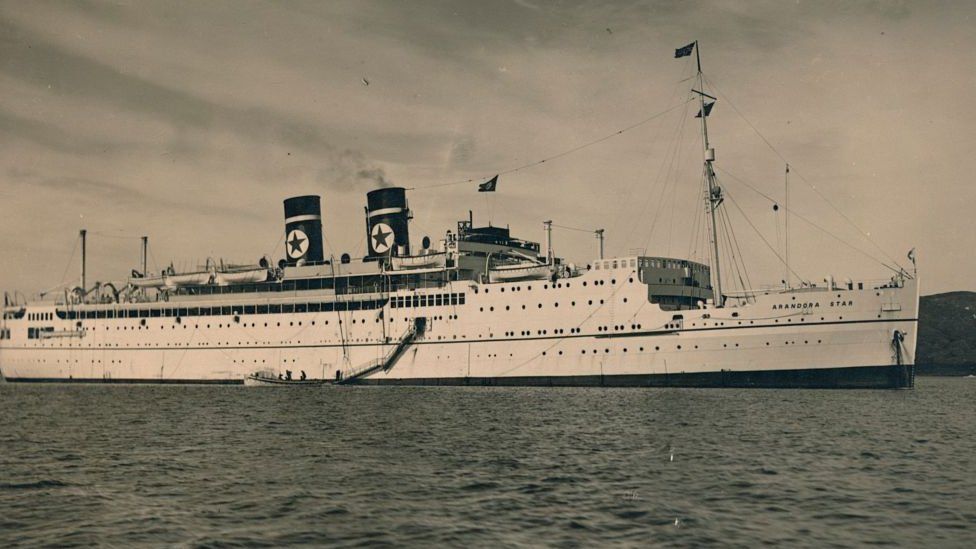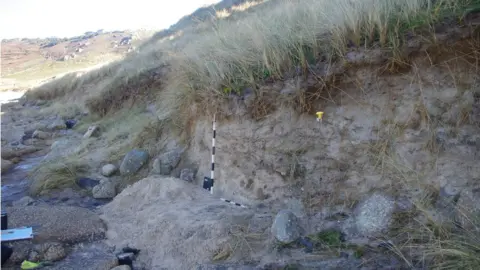- Joined
- Oct 29, 2002
- Messages
- 36,431
- Location
- East of Suez
The start of what may prove to be an interesting mini-series.
There are so many unidentified human remains in the United States that the National Missing and Unidentified Persons System calls it “the nation’s silent mass disaster.” Roughly 4,400 human remains are found every year, and nearly one-quarter of those remain unidentified after one year. Some people were never reported missing. Some went missing decades ago. Some remains are incomplete, parts of them still out there like missing pieces to a puzzle. Cases run cold. The unidentified remains are placed in boxes and left on evidence room shelves, waiting for another shot at an investigation. Or, maybe just a chance to be remembered. And that’s if their cardboard tombs are not lost or forgotten first. In Oregon, there are 120 unidentified persons cases. Cold cases exist in 33 of Oregon’s 36 counties. Regan Mertz spent months delving into this issue for The Oregonian/OregonLive. She obtained and reviewed missing persons case files, interviewed current and former law enforcement officers, anthropologists and experts around the country. She also interviewed family members of missing people. This is The Unidentifieds, a podcast that investigates four long-forgotten cases in Oregon and how online genealogy and forensic anthropology helped families get closure. Cases that once seemed hopeless are now solvable. People who’ve existed for decades as lonely, nameless phantoms can, if nothing else, get their identities back.
In episode one, Regan and co-host Dave Killen go on a trip to southern Oregon’s Redwood Highway, where in 1971 a father and son discovered what looked liked a human spine and ribs while on a camping trip near mile marker 35. Upon initial investigation, the remains appeared to belong to a young woman, 18 to 20 years old, tall and slim. But the case went cold. And the remains became known as Jane Doe 79-940. Listen to episode one of The Unidentifieds to learn how genetic genealogy helped solve this 47-year-old case.
Subscribe to The Unidentifieds wherever you listen to podcasts. Look for Episode 2 on April 17.
And follow our continuing coverage of The Unidentifieds here:
https://www.oregonlive.com/theunidentifieds/
There are so many unidentified human remains in the United States that the National Missing and Unidentified Persons System calls it “the nation’s silent mass disaster.” Roughly 4,400 human remains are found every year, and nearly one-quarter of those remain unidentified after one year. Some people were never reported missing. Some went missing decades ago. Some remains are incomplete, parts of them still out there like missing pieces to a puzzle. Cases run cold. The unidentified remains are placed in boxes and left on evidence room shelves, waiting for another shot at an investigation. Or, maybe just a chance to be remembered. And that’s if their cardboard tombs are not lost or forgotten first. In Oregon, there are 120 unidentified persons cases. Cold cases exist in 33 of Oregon’s 36 counties. Regan Mertz spent months delving into this issue for The Oregonian/OregonLive. She obtained and reviewed missing persons case files, interviewed current and former law enforcement officers, anthropologists and experts around the country. She also interviewed family members of missing people. This is The Unidentifieds, a podcast that investigates four long-forgotten cases in Oregon and how online genealogy and forensic anthropology helped families get closure. Cases that once seemed hopeless are now solvable. People who’ve existed for decades as lonely, nameless phantoms can, if nothing else, get their identities back.
In episode one, Regan and co-host Dave Killen go on a trip to southern Oregon’s Redwood Highway, where in 1971 a father and son discovered what looked liked a human spine and ribs while on a camping trip near mile marker 35. Upon initial investigation, the remains appeared to belong to a young woman, 18 to 20 years old, tall and slim. But the case went cold. And the remains became known as Jane Doe 79-940. Listen to episode one of The Unidentifieds to learn how genetic genealogy helped solve this 47-year-old case.
Subscribe to The Unidentifieds wherever you listen to podcasts. Look for Episode 2 on April 17.
And follow our continuing coverage of The Unidentifieds here:
https://www.oregonlive.com/theunidentifieds/





